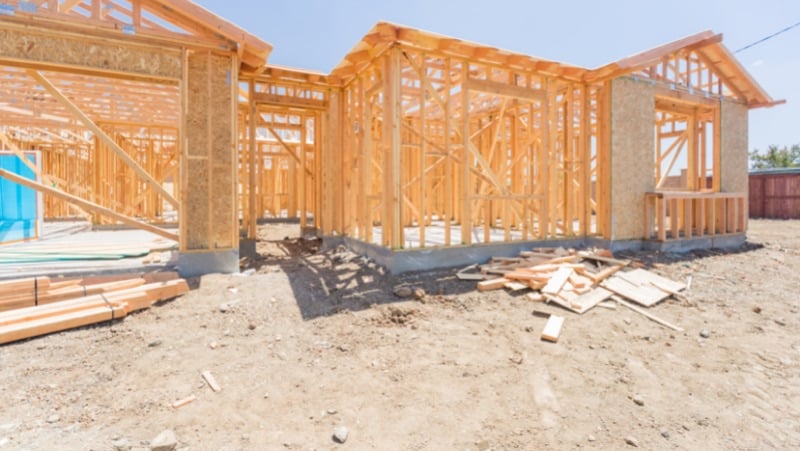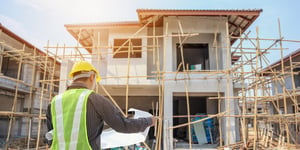
Builder’s risk cover is a type of contractor insurance that applies during construction. It’s essential for builders wanting to avoid on-site losses.
However, it can be confusing. Therefore, this post explores what builder’s risk insurance covers, how lenders package it, and the exclusions/limitations you can expect when taking out a policy.
What it covers
Builder’s risk insurance covers various losses and damages that can occur on construction sites during projects. However, policies can vary significantly. Some are comprehensive (meaning they cover nearly all losses), while others are more specific.
Items builder’s risk insurance can cover include:
- Theft
- Property damage
- Arson
- Damage to materials in transit to the building site
- Removal of debris
- Backed-up sewers and drainage systems
- Damage by hail or wind
- Collapse risk
However, don’t take this list as gospel. Always check the policy wording to see if the insurer includes all the coverage you want. Sometimes, you can ask them for additional coverage in exchange for higher premiums.
Project-specific coverage
Some builder’s risk insurance policies provide blanket protection throughout the year. These are helpful for contractors involved in numerous residential and commercial projects (i.e. 25 or more annually), reducing paperwork and streamlining applications.
However, you can get a “single policy” for new construction and remodeling projects. These are helpful when you want builder’s risk insurance as a one-off and only want to cover a single site.
Builder’s risk insurers will cover several project types, depending on your requirements. However, you must provide them with this information upfront.
Most contractors opt for builder’s risk insurance to cover new constructions. These can include home and apartment developments, condo buildings, and duplexes. It is also available on commercial projects.
Another type, remodeling builder’s risk insurance, applies when changing a building’s function or structure. For example, you could get insurance if you add a mezzanine level to a living area or extend a building.
Lastly, you can sometimes get installation-related builder’s risk insurance. Unlike a complete remodel, this covers single fixtures and fittings, like cabinets or awnings.
Exclusions and limitations
Unfortunately, builder’s risk insurance won’t protect you against everything. As such, you may need to add other insurance products to your stack.
Like most insurance offerings, builder’s risk insurance doesn’t protect against force majeure. It won’t pay out for acts of war, terrorism, or other government actions (like property confiscation).
It also doesn’t cover contractor or employee injuries – one of the most common building site claims. For this, you will need workers' compensation and public liability insurance.
Other exclusions can include:
- Extreme geological events, like earthquakes
- Intentional acts of destruction
- Damage due to preventable design flaws or plans
- Vehicle damage
- Depreciation
Contact Us Today to Save on Builder's Risk Insurance!
Still confused? Contact American Insuring Group for the best rates on builder’s risk insurance. As independent brokers, we shop the market to find you the best deal on quality insurance! So call us today at (610) 775-3848 or click here to start saving.



 There are many types of
There are many types of  Builders’ Risk Insurance is a type of
Builders’ Risk Insurance is a type of  Every business comes with its share of risk, and a contracting business is no different. If anything, contractors face more than the average risk. Fortunately, there are things you can do to minimize or even eliminate many of those risks. Plus,
Every business comes with its share of risk, and a contracting business is no different. If anything, contractors face more than the average risk. Fortunately, there are things you can do to minimize or even eliminate many of those risks. Plus,  Understanding these three risks, minimizing them, and having the right insurance is vital for a healthy bottom line and the success of any contracting business.
Understanding these three risks, minimizing them, and having the right insurance is vital for a healthy bottom line and the success of any contracting business. The construction industry is booming – both new construction and remodeling - and it looks as if that trend will continue. Construction has a 4.5% projected growth rate over the next five years.
The construction industry is booming – both new construction and remodeling - and it looks as if that trend will continue. Construction has a 4.5% projected growth rate over the next five years.



